802.11 Service Set are groups of wireless devices working together to communicate, as defined by the 802.11 standard.
There are three main wireless topologies defined in 802.11:
Independent Mode → Independent Basic Service Set (IBSS)
Infrastructure Mode → Basic Service Set (BSS) and Extended Service Set (ESS)
Mesh Mode → Mesh Basic Service Set (MBSS)
All devices in a service set share the same SSID (Service Set Identifier), the network name you see when searching for Wi-Fi connections.
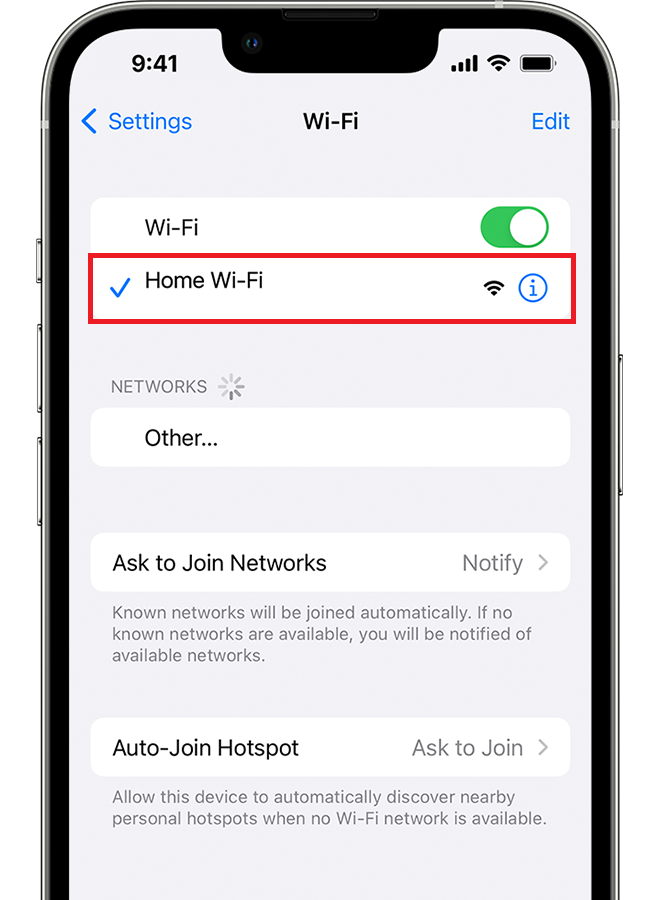
Figure 1 – SSID Displayed on a Mobile Device
Now, let’s explore each of these service sets in detail so you can understand how they work.
Answer the question below
For the first type of service set, we have the IBSS (Independent Basic Service Set), which is a wireless network where devices connect directly to each other without an Access Point (AP).
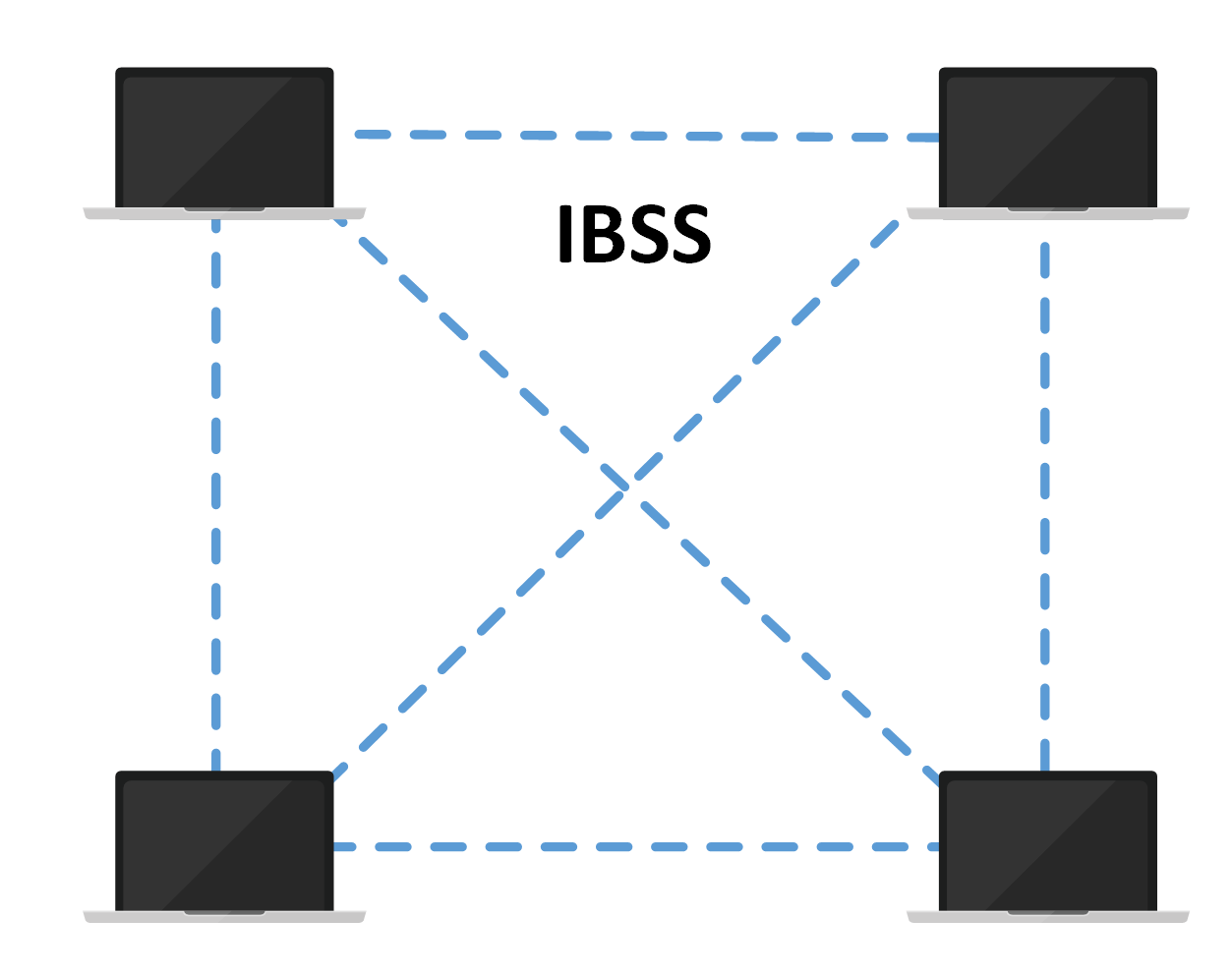
Figure 2 – IBSS Network with Devices Connected Directly Without an Access Point
This type of network is also called an ad hoc network.
A great real-world comparison is Wi-Fi Direct, used by features like AirDrop. In this case, devices establish a direct wireless connection without needing a router or traditional Wi-Fi network, similar to how an IBSS operates.
What makes an IBSS special?
Direct device-to-device communication, no access point needed.
Perfect for quick, temporary tasks, like file transfers (AirDrop, Wi-Fi Direct, etc.).
Not ideal for large networks, it works best with just a few devices.
If you've ever shared files between two phones without using Wi-Fi, you've already experienced an ad hoc connection!
Answer the question below
What is the name of a direct wireless connection between two end devices like two phones?
Now, let’s explore the second wireless topology: Infrastructure Mode. In this setup, devices connect through an Access Point (AP) instead of communicating directly with each other.
This is the most common Wi-Fi setup, used at home, in offices, and in public places.
Depending on the number of APs and how they are deployed, there are two main configurations:
Basic Service Set (BSS)
Extended Service Set (ESS)
Basic Service Set (BSS)
A BSS (Basic Service Set) is when all devices communicate through a single AP, as shown below:
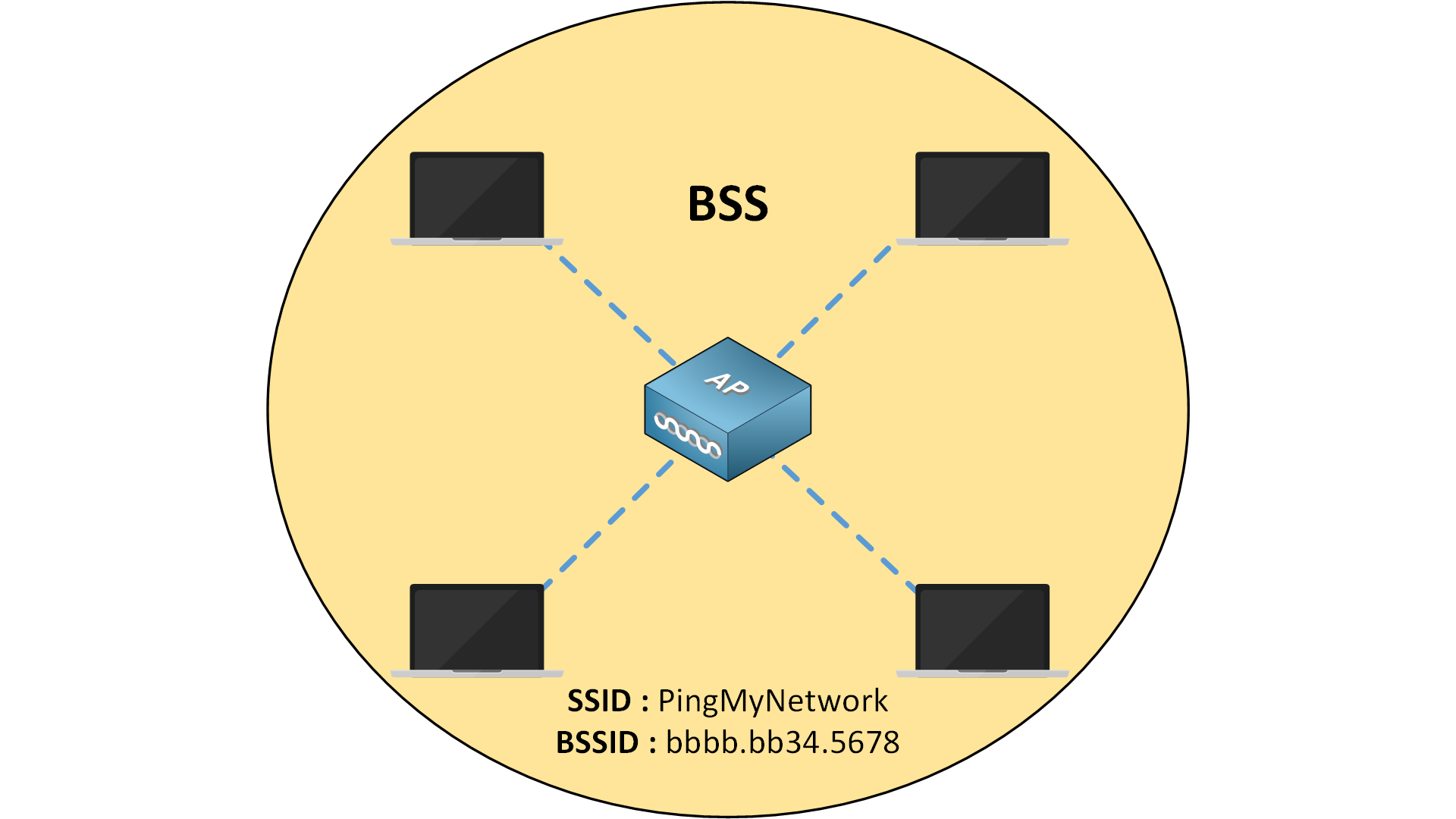
Figure 3 – BSS Topology with Devices Connected to a Single Access Point
Each AP has a unique identifier called the BSSID, which is its MAC address.
How Does Traffic Flow in a BSS ?
Unlike in an ad hoc network, devices in a BSS cannot communicate directly with each other. Instead, all data must pass through the AP, even if two devices are physically close to each other.
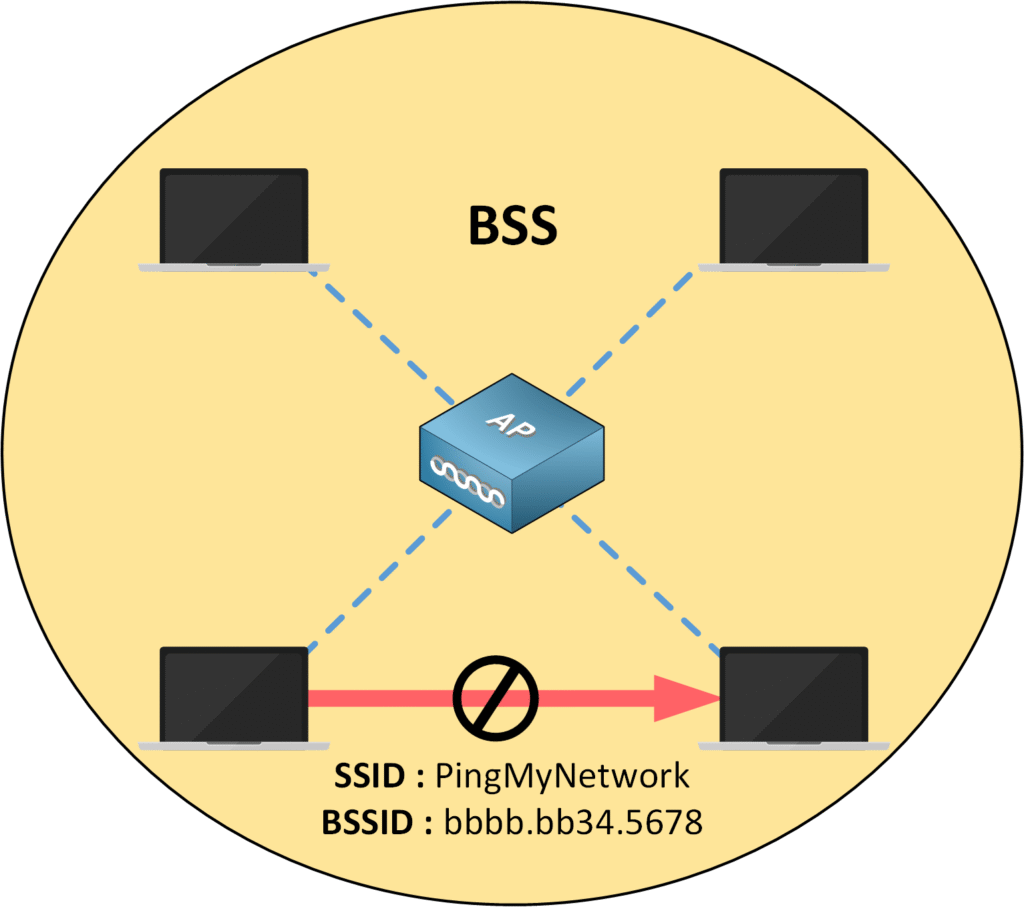
Figure 4 – Traffic Flow in a BSS: Devices Must Communicate Through the Access Point
For example, if one laptop wants to send data to another, it must send it to the AP first, which then forwards it to the other device.
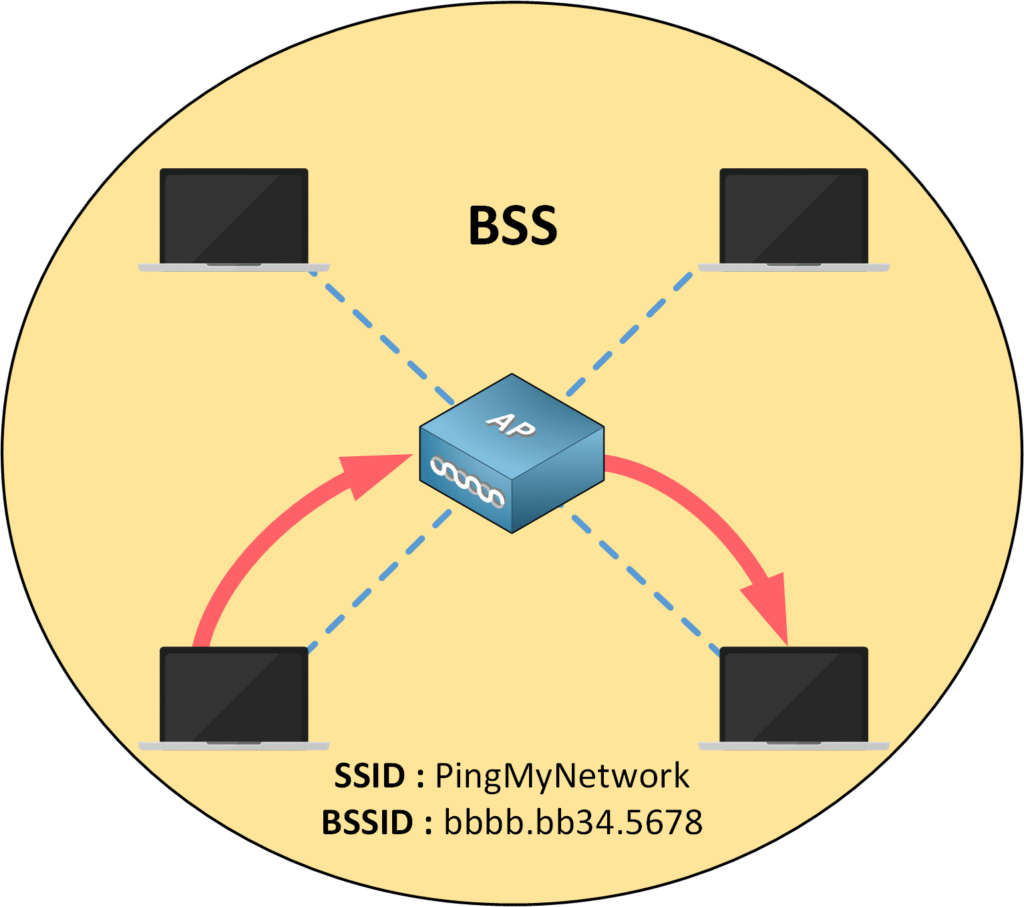
Figure 5 – Data Flow via Access Point in a BSS
Extended Service Set (ESS)
Sometimes, one AP isn't enough to cover a large area.
40 % Complete: you’re making great progress
Unlock the rest of this lesson
If you’d like to continue your CCNA journey, simply create your free account.
Access all CCNA lessons
Practice with hands-on labs
Train with Practice exams and Quizzes
Progress tracking in your dashboard
Made by network engineers - CCNP certified
learners globally
Wireless LAN 802.11 Service Set
The 802.11 service set defines how Wi-Fi devices organize and communicate in a wireless network, from simple ad hoc connections to large enterprise deployments. In this lesson, you’ll explore IBSS, infrastructure-based BSS/ESS, and mesh service sets to understand their roles and use cases.